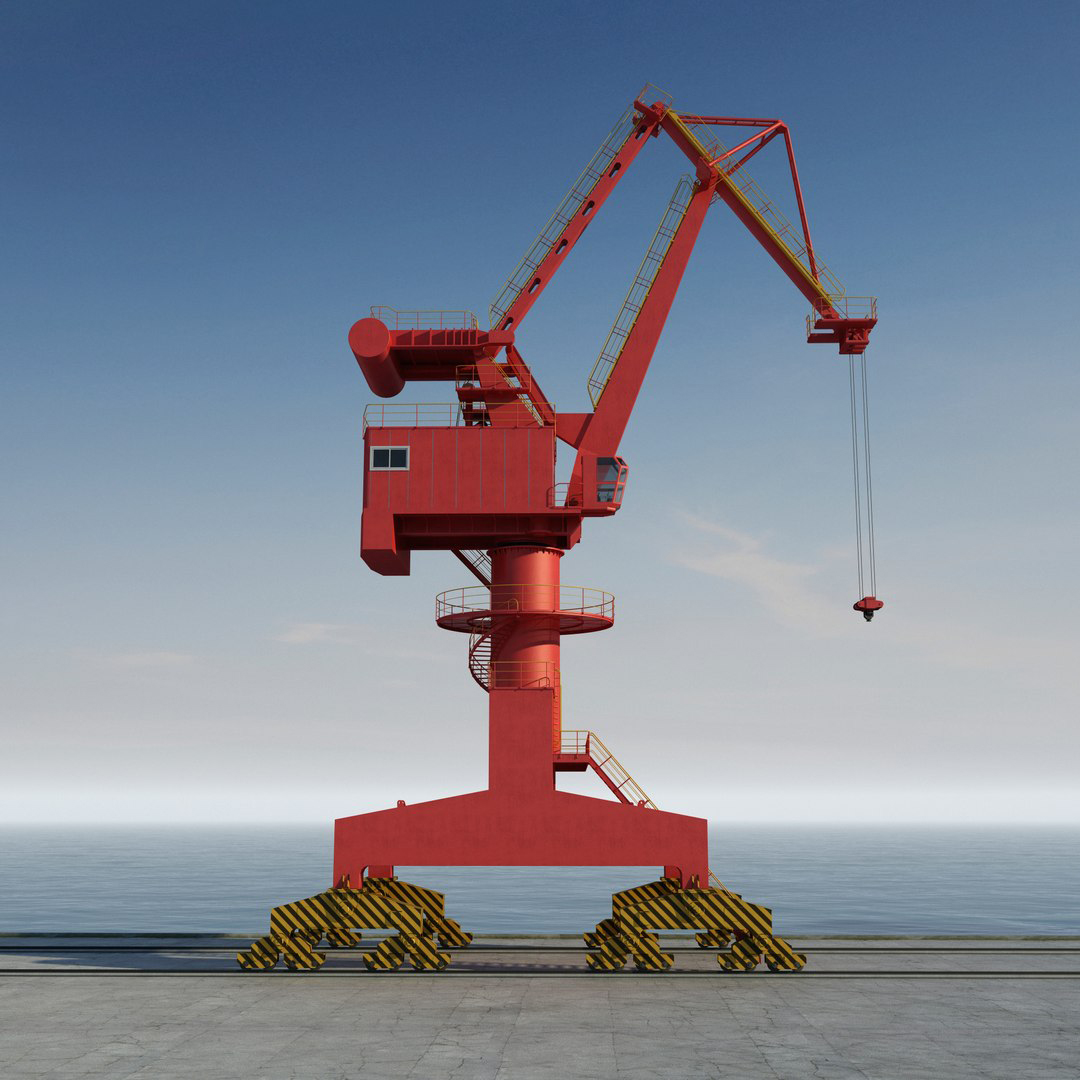Ensuring the Optimal Maintenance of Portal
Cranes:
Maintenance Guide for Portal Cranes
Portal cranes are integral components of port operations, supporting the seamless movement of cargo and enabling efficient loading and unloading processes. To ensure the longevity and optimal performance of these cranes, rigorous maintenance practices must be adhered to. In this article, we will delve into the intricacies of maintaining portal cranes, providing port operators with expert guidance and highlighting the essential steps required to keep these machines in top-notch condition.
To maintain the reliability and functionality of portal cranes, regular inspections are imperative. A comprehensive examination should be conducted on a predetermined schedule to identify any signs of wear and tear, corrosion, or damage. These inspections should cover critical areas such as ropes, pulleys, gears, and hydraulic systems. Lubrication plays a vital role in preventing friction and corrosion, ensuring smooth movement and longevity of the crane's components. Employing high-quality lubricants and following the manufacturer's recommendations will help extend the lifespan of the crane.
The structural integrity of the main portal frame and its alignment are vital for the safe and efficient operation of portal cranes. Regular checks should be performed to identify any deformities, cracks, or misalignment. Welds and critical joints should be thoroughly examined to ensure their soundness. Any detected issues should be addressed promptly to prevent further deterioration and potential accidents. Proper alignment is essential to maintain the balance and stability of the crane during lifting operations.
The electrical systems and controls of portal cranes are complex and require regular inspection and maintenance. Connections should be evaluated for signs of wear or loosening, and voltage levels should be monitored to ensure optimal performance. Control panels and switches should be inspected for proper functionality and responsiveness. Timely replacement of worn-out or defective components is crucial to maintain the reliability and safety of the crane's electrical systems.
Portal cranes are equipped with various safety mechanisms to protect both personnel and cargo. Regular checks and tests should be conducted on these safety features, such as overload protection devices, emergency stop systems, and anti-collision systems. These checks should be performed according to manufacturer recommendations and local safety regulations to ensure the crane's compliance with safety standards.
Ensuring the proper training of crane operators is vital for the effective maintenance of portal cranes. Operators should be trained in routine maintenance tasks, monitoring equipment performance, and reporting any operational abnormalities. Encouraging open communication between operators and maintenance personnel facilitates the early detection of potential issues and promotes a proactive maintenance approach.
Maintenance of portal cranes is a crucial aspect of port operations, guaranteeing their optimum performance and safety. Regular inspections, lubrication, structural integrity checks, electrical system maintenance, and safety mechanism evaluations are essential steps in maintaining portal cranes. By following these practices diligently and adhering to manufacturer guidelines and industry standards, port operators can maximize the reliability, efficiency, and lifespan of portal cranes, ultimately ensuring the smooth and uninterrupted flow of cargo in ports.

Post time: Sep-12-2023







